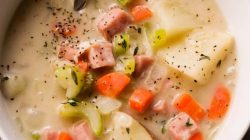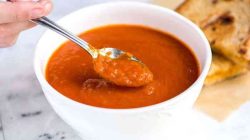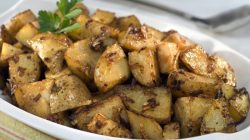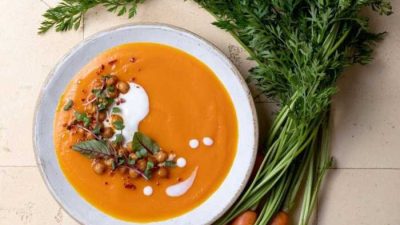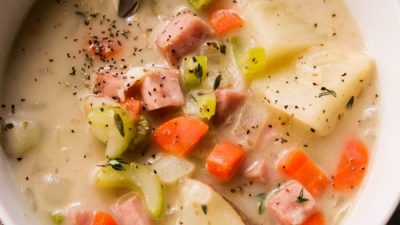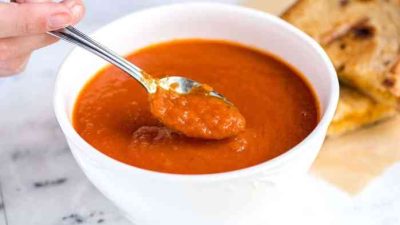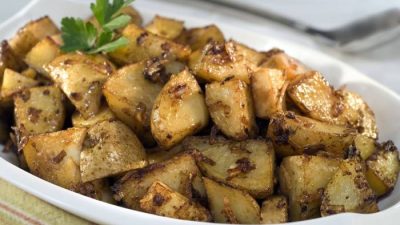Borscht: A Deep Dive into the Beloved Beetroot Soup
Recipe for borscht soup with beets – Borscht, a vibrant and flavorful soup, holds a cherished place in the culinary traditions of Eastern Europe and beyond. Its rich history, diverse variations, and adaptable nature make it a captivating subject for any food enthusiast. This exploration delves into the fascinating world of borscht, from its origins to modern interpretations, offering a comprehensive guide to crafting this iconic soup.
Crafting a delicious borscht soup with beets requires careful attention to the earthy sweetness of the beets. For a contrasting creamy texture, consider the comforting richness found in a different soup altogether; you might find inspiration in the detailed recipe for panera bread cream of chicken wild rice soup recipe , which showcases a different approach to soup making.
Returning to our borscht, remember that proper cooking time is key to unlocking the beets’ full potential.
A Brief History and Cultural Significance of Borscht
Borscht’s origins are shrouded in mystery, with various claims tracing its roots back centuries. While pinpointing a single origin is difficult, its presence in various cultures across Eastern Europe suggests a long and evolving history, likely originating from simple beet and cabbage soups. Its cultural significance is profound, varying across regions and often associated with national identities and festive occasions.
In Ukraine, for example, borscht is considered a national dish, deeply ingrained in its cultural heritage. Different variations reflect regional preferences and historical influences, solidifying its position as a versatile and beloved culinary staple.
Regional Variations of Borscht
The beauty of borscht lies in its adaptability. Variations abound, reflecting the unique culinary traditions of different regions. Ukrainian borscht often features a rich, deep red color from beets, while Russian versions might incorporate meat, cabbage, and potatoes. Polish borscht often includes white beans, creating a hearty and flavorful soup. Each regional adaptation retains the core elements while showcasing local ingredients and preferences, highlighting the soup’s versatility and adaptability.
Interesting anecdotes abound, such as the use of borscht as a means of sustenance during times of scarcity, or its evolution from a simple peasant dish to a sophisticated culinary creation. Its presence in literature and folklore further emphasizes its cultural importance.
Beetroot Preparation Techniques for Borscht
The preparation of beets significantly impacts the final flavor and texture of borscht. Three common methods exist: roasting, boiling, and grating. Roasting brings out the natural sweetness of the beets, resulting in a more earthy and mellow flavor. Boiling, while faster, can sometimes lead to a slightly less intense flavor. Grating allows for a quicker cooking time and a smoother texture in the finished soup.
Each method offers unique advantages, and the choice depends on personal preference and time constraints.
Step-by-Step Beet Preparation Guide
- Wash and scrub beets thoroughly.
- For roasting, wrap beets in foil and bake at 400°F (200°C) for 45-60 minutes, or until tender.
- For boiling, place beets in a pot of boiling water and cook for 45-60 minutes, or until a fork easily pierces them.
- Once cooked, immediately place beets in a bowl of ice water to cool. This makes peeling much easier.
- Peel the beets and chop or grate as desired.
Essential Ingredients and Their Substitutions

Source: tasteofhome.com
A classic borscht recipe relies on a few key ingredients. However, substitutions can be made to accommodate dietary restrictions or ingredient availability.
- Beets (essential): No direct substitute maintains the same flavor profile, but other root vegetables can add depth.
- Cabbage: Kale or spinach can be used for a slightly different taste and texture.
- Onion and Garlic: Essential for flavor base.
- Broth (vegetable or meat): Water can be substituted, but broth enhances flavor.
- Tomatoes: Add acidity and sweetness. Tomato paste or diced tomatoes can be used.
- Sour cream or yogurt: Adds tanginess. Lemon juice can partially substitute, though the creaminess will be lost.
Substituting ingredients will inevitably alter the final flavor profile. For example, replacing beets with carrots will yield a significantly sweeter soup. Careful consideration of ingredient substitutions is crucial for maintaining a balanced and flavorful borscht.
Borscht Soup Recipe Variations, Recipe for borscht soup with beets
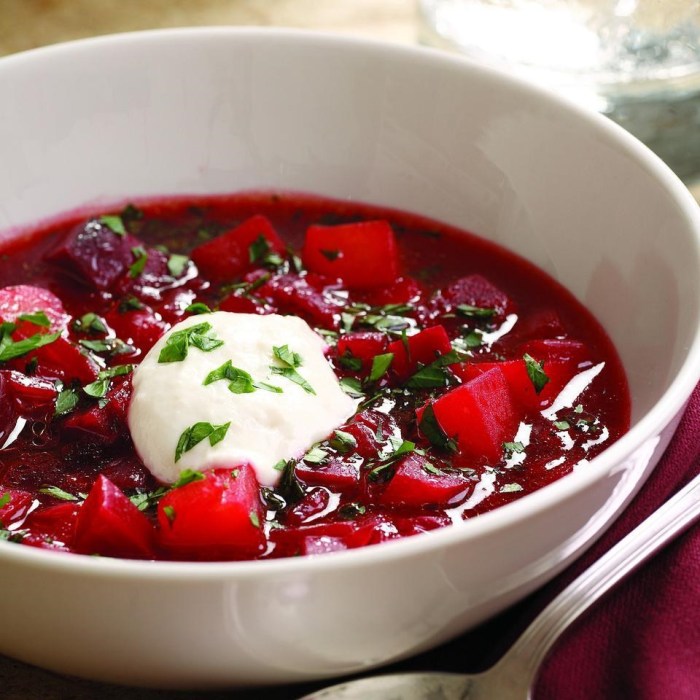
Source: media-allrecipes.com
This section presents three distinct borscht recipes: a traditional recipe, a vegetarian recipe, and a recipe with a unique twist (e.g., adding apples for sweetness and acidity).
Traditional Borscht
| Ingredient | Quantity | Preparation | Notes |
|---|---|---|---|
| Beets | 2 large | Boiled and diced | Roast for a sweeter flavor |
| Cabbage | 1 medium | Shredded | Use savoy cabbage for a richer flavor |
| Onion | 1 medium | Diced | Sauté until softened |
| Beef Broth | 6 cups | Use vegetable broth for vegetarian option | |
| Diced Tomatoes | 1 (14.5 oz) can |
Vegetarian Borscht
| Ingredient | Quantity | Preparation | Notes |
|---|---|---|---|
| Beets | 2 large | Roasted and diced | |
| Cabbage | 1 medium | Shredded | |
| Onion | 1 medium | Diced | Sauté until softened |
| Vegetable Broth | 6 cups | ||
| Diced Tomatoes | 1 (14.5 oz) can |
Apple-Ginger Borscht
| Ingredient | Quantity | Preparation | Notes |
|---|---|---|---|
| Beets | 2 large | Roasted and diced | |
| Cabbage | 1 medium | Shredded | |
| Onion | 1 medium | Diced | Sauté until softened |
| Apple | 1 medium | Diced | Use a tart apple like Granny Smith |
| Ginger | 1 tbsp, grated | ||
| Vegetable Broth | 6 cups |
Step-by-Step Borscht Cooking Process
The cooking process involves sautéing aromatics, simmering the vegetables in broth, and adjusting seasonings to achieve the desired flavor. Simmering time is crucial for developing a rich and complex flavor. A longer simmer allows the flavors to meld and deepen. Adjusting the thickness can be done by adding or reducing the amount of broth, while sourness can be controlled by adjusting the amount of sour cream or lemon juice.
Serving Suggestions and Garnishes
Borscht is traditionally served hot, often accompanied by a dollop of sour cream or yogurt, fresh herbs, and crusty bread. Garnishes enhance both the visual appeal and the flavor profile of the soup.
| Garnish | Visual Appeal | Flavor Enhancement |
|---|---|---|
| Sour cream | Creamy white swirls against the red soup | Adds tanginess and richness |
| Fresh dill | Bright green accents | Adds freshness and herbaceous notes |
| Chopped chives | Subtle green specks | Adds a mild oniony flavor |
| Lemon wedge | Bright yellow contrast | Adds acidity and brightness |
Storage and Reheating of Borscht
Leftover borscht should be stored in airtight containers in the refrigerator for up to 3-4 days. Freezing is also possible, extending its shelf life to several months. Reheating should be done gently over low heat to prevent scorching. Avoid repeated freezing and thawing, as this can affect the texture and flavor.
Nutritional Information and Health Benefits
Borscht is a nutritious soup, rich in vitamins, minerals, and antioxidants. Beets are a good source of nitrates, which can improve blood flow and lower blood pressure. The various vegetables contribute to a healthy fiber intake. Regular consumption of borscht can be part of a balanced diet, contributing to overall health and well-being.
FAQ Summary: Recipe For Borscht Soup With Beets
Can I use frozen beets for borscht?
Yes, frozen beets work well. Just thaw them completely before preparing them according to your chosen method (roasting, boiling, or grating).
How long does borscht last in the refrigerator?
Properly stored borscht will generally last for 3-4 days in the refrigerator.
What can I do if my borscht is too sour?
Add a pinch of sugar or a small amount of cream or sour cream to balance the acidity.
Can I make borscht in a slow cooker?
Yes, a slow cooker is a great option for borscht. Adjust cooking times accordingly, and be sure to check for desired tenderness.
Is borscht gluten-free?
Generally, yes, but always check the labels of any added ingredients like broths or sauces to ensure they are gluten-free.




